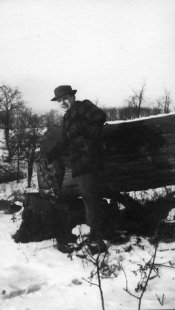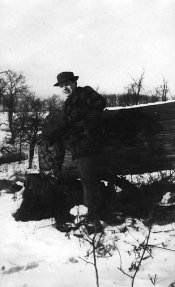smieglitz said:
If I read that correctly, there's no noodling or ripening steps involved?
Sounds much simpler than the recipe I tried years ago. That one involved straining the emulsion through cheesecloth and lots of washing of the noodles. This was repeated several times over a period of days before the emulsion was usable. IIRC, potassium bromide was in that emulsion. Does the bromide complicate things or is something else going on?
Joe
Joe, I'm trying to keep this simple. So, for contact and slow enlarging speed there is no washing or 'ripening' as you may be familiar with. This creates other problems but simplfies the process a lot.
Coating on film support or RC will require washing, and camera speeds will require 'ripening'.
I would also like to distingish a bit here between ripening and finishing. These are two separate steps. Ripening can be divided into plain ripening (Ostwald) in which large grains grow at the expense of small grains. A large quantity of solvent does not need to be present. Then there is digestion, another form of ripening in which a large quantity of a solvent is present. These two forms often overlap and are hazy in distinction.
Then there is finishing which also 'ripens' grains while adding sulfur and sometimes gold to the emulsion.
All of these increase speed, fog and contrast and must be carefully controlled or the emulsion is ruined. I'm trying to minimize the effects of all of this and this speeds up the overall repeatability and makes things simpler.
But, if you look at the formula I posted before, there is a 5 min hold after the pptn of the silver, and this, in the presence of the excess halide ripens the emulsion. When I post the other formulas you will see similar ripening steps.
Adjusting curve shape does require doping and doctoring with salts. There is ripeining of a sort going on here as well. That will also be explained when I get to posting that part.
As for washing, I am trying to get a PA washing sequence worked out using a good quality Phthalated Gelatin. If it goes well, that will simplify washing a great deal. If not, back to noodling. In fact, I have an emulsion that needs noodle washing right now.
PE







